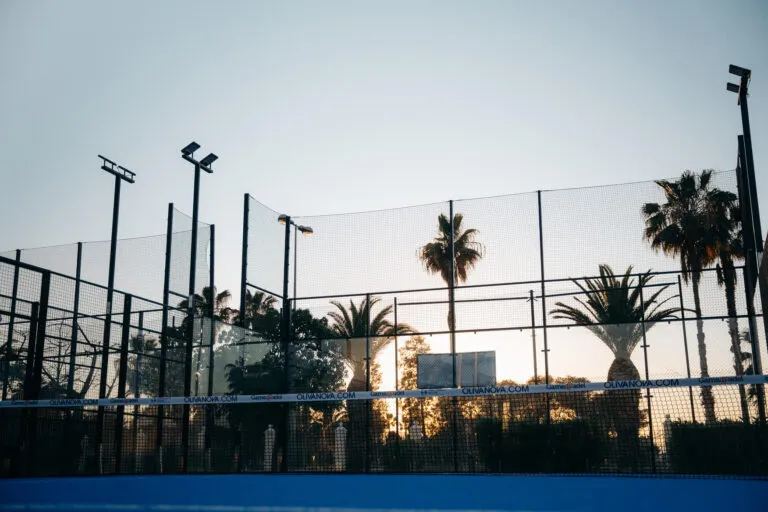

Building Your Own Padel Court A DIY Project for Sports Enthusiasts in China
Padel, a racket sport that combines elements of tennis and squash, has been gaining immense popularity worldwide, especially in Europe and Latin America. Its growing appeal is also making its mark in China, where urban dwellers are increasingly seeking new activities to enjoy. As a result, the idea of creating a DIY padel court is becoming an exciting project for sports enthusiasts looking to promote this thrilling sport in their communities.
Why Padel?
Padel is played in a smaller, enclosed court that can accommodate two or four players. The accessibility of the game — it is easy to learn and can be played by people of all ages and skill levels — adds to its charm. Additionally, because of its lower intensity compared to tennis, players can enjoy longer games without as much strain on their bodies.
Choosing the Right Location
The first step in building your own DIY padel court is selecting the right location. Ideally, the space should be flat, open, and easily accessible. Residential areas with sufficient space, parks, or community centers could be excellent options. You’ll want to ensure that there are no zoning restrictions that might impede your plans. It’s also advisable to check if you need permission from local authorities to construct a sports facility.
Materials and Dimensions
A standard padel court measures 20 meters long and 10 meters wide, enclosed by walls that are typically made from glass and wire mesh. When embarking on a DIY padel court, consider the following materials
1. Flooring A cushioned surface, such as artificial grass or concrete with a non-slip finish, will provide the right level of grip and comfort. 2. Walls The front wall can be made of tempered glass, while the side walls are often made of a combination of glass and mesh. Ensure that the walls are structured to withstand impacts from the ball and players.
3. Net The padel net is similar to a tennis net but lower, measuring 0.88 meters at the center. Setting it up correctly is crucial for maintaining the proper game dynamics.
4. Lighting If you plan to play in the evenings, installing lights around the court is essential. LED lights are energy-efficient and provide good visibility.

Construction Process
1. Foundation Preparation Start by leveling the ground within the designated area. Mark the dimensions of the court and dig to prepare for the flooring and walls.
2. Setting the Foundation Pour concrete to create a solid base for the flooring. Once it cures, you can install your chosen flooring material.
3. Building the Walls Construct the walls using your selected materials. Ensure that the glass panels are securely fixed and that the mesh is taut and durable.
4. Final Touches Install the net and any additional features, such as benches or storage for equipment. Finally, ensure the area is cleaned and ready for players.
Maintenance
Once your DIY padel court is up and running, regular maintenance will keep it looking great and functioning well. Clean the surface frequently, inspect the walls for any damage, and ensure the net remains taut and in good condition.
Community Engagement
Building a padel court is not just about creating a sports facility; it’s also about fostering community spirit. Encourage neighbors and friends to join in the fun, organize tournaments, and create social events around padel. By doing so, you’ll enhance the popularity of the sport in your area and promote a healthier lifestyle.
Conclusion
Creating a DIY padel court is an ambitious yet rewarding project for sports enthusiasts in China. Not only does it provide a space for fun and fitness, but it also helps to introduce and popularize a game that is rapidly gaining traction worldwide. With the right planning, materials, and community involvement, your DIY padel court can become a vibrant hub for sports and social interactions, enriching the lives of everyone involved.
Premium Paddle Tennis Rackets for Every Court & Player
Premium Padel Courts: Expert Design & Installation Services
Premium Padel Courts: Panoramic Designs & Custom Builds
Premium Padel Court | Custom Designs & Quality Installation
Paddle Tennis Rackets: Unleash Power & Precision on Court
Best Paddle Tennis Rackets: Power, Control & Comfort